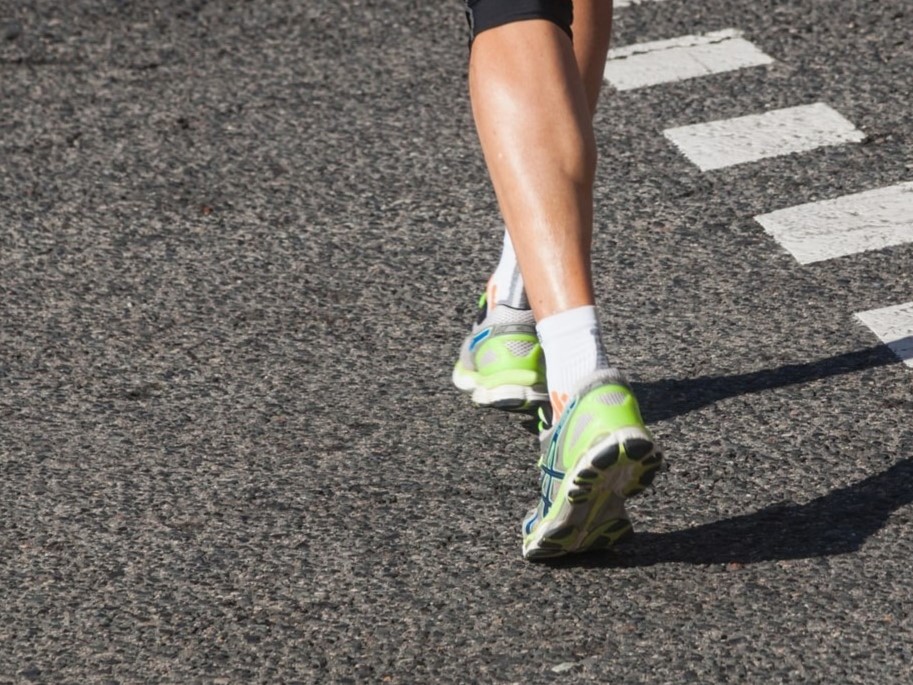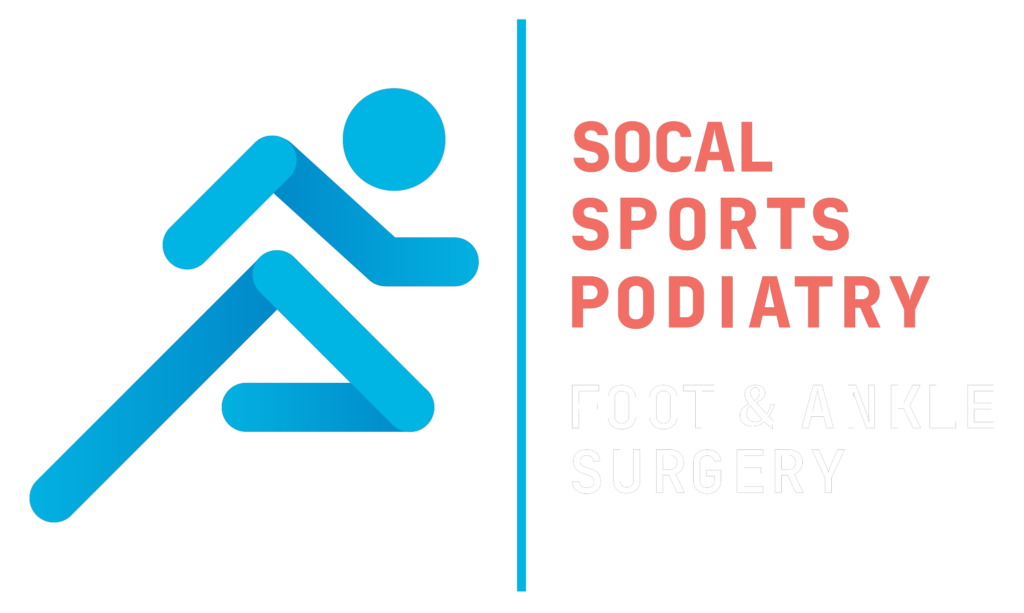
Heel Spurs
A heel spur is a bony growth that forms on the underside of the heel bone, often associated with plantar fasciitis. This condition can cause significant discomfort and affect your ability to walk or engage in physical activities. Understanding heel spurs, their causes, symptoms, and treatment options can help you manage the condition effectively and find relief.
Heel Spur Treatment in Santa Monica, CA
Heel spurs can cause sharp, stabbing pain in the heel, making it difficult to walk or stand comfortably. At SoCal Sports Podiatry, we offer a range of treatment options, including custom orthotics, physical therapy, and surgical solutions when necessary. Schedule an appointment today to learn how we can help alleviate your heel pain and restore your mobility.
What is a Heel Spur?
A heel spur is a pointed bony growth that develops on the heel bone (calcaneus). It typically forms where the plantar fascia, a thick band of connective tissue that runs from the heel to the toes, attaches to the heel bone. Heel spurs are often seen in conjunction with plantar fasciitis, a condition characterized by inflammation of the plantar fascia.
Causes of Heel Spurs
- Plantar Fasciitis: Chronic inflammation of the plantar fascia can lead to the development of heel spurs. The repetitive stress and strain on the fascia can cause small tears in the tissue, leading to bony growth over time.
- Excessive Foot Stress: Activities that put excessive pressure on the heels, such as running, jumping, or standing for long periods, can contribute to the formation of heel spurs.
- Foot Structure: Abnormalities in foot structure, such as flat feet or high arches, can alter the distribution of pressure on the heel and contribute to the development of heel spurs.
- Improper Footwear: Wearing shoes that lack proper arch support or cushioning can increase the risk of heel spurs by putting additional stress on the heel.
- Obesity: Excess body weight can put extra pressure on the feet, leading to increased strain on the heel and contributing to the formation of heel spurs.
Symptoms of Heel Spurs
Heel spurs typically cause sharp, stabbing pain in the heel, especially noticeable with the first steps in the morning or after long periods of rest. This discomfort often intensifies with physical activities such as running, walking, or standing for extended periods. In addition, the area around the heel spur may become swollen, tender, and inflamed, causing the skin to feel warm to the touch.
Diagnosis and Treatment at SoCal Sports Podiatry
At SoCal Sports Podiatry, our specialists diagnose heel spurs through a comprehensive evaluation, including a physical examination and imaging tests such as X-rays. These tests help confirm the presence of a heel spur and assess any associated conditions, such as plantar fasciitis.
Treatment Options
Rest and Activity Modification: Reducing activities that exacerbate heel pain and allowing the affected area to rest can help alleviate symptoms and reduce inflammation.
Footwear Adjustments: Wearing shoes with proper arch support and cushioning can help distribute pressure more evenly and reduce stress on the heel. Avoiding high heels and shoes with inadequate support is also recommended.
Orthotic Devices: Custom orthotic inserts can provide additional support, correct foot alignment, and cushion the heel, helping to alleviate pain and prevent further irritation.
Ice Therapy: Applying ice to the affected heel can help reduce inflammation and relieve pain. It is typically recommended to use ice for 15-20 minutes several times a day.
Anti-Inflammatory Medications: Over-the-counter or prescription anti-inflammatory medications can help manage pain and reduce swelling associated with heel spurs.
Stretching and Strengthening Exercises: Physical therapy exercises that stretch the calf muscles and strengthen the foot and ankle can improve flexibility, reduce strain on the heel, and prevent recurrence.
Shockwave Therapy: Extracorporeal shockwave therapy uses sound waves to promote healing and reduce pain in the affected area.
Surgical Treatment: If conservative treatments are ineffective and symptoms persist, surgical options may be considered. Surgical procedures can involve removing the heel spur or addressing underlying conditions such as plantar fasciitis.
Avoiding Heel Spurs
To help prevent heel spurs, it’s important to wear well-fitting shoes that provide adequate arch support and cushioning to minimize stress on the heels. Managing weight can also reduce pressure on the feet and lower the risk of developing heel spurs. Regularly performing foot and calf exercises can improve overall foot health, while gradually increasing the intensity and duration of physical activities helps avoid overuse and excessive stress on the heels.
For effective diagnosis and treatment of heel spurs, visit SoCal Sports Podiatry at 2001 Santa Monica Blvd. Suite 465-W. Our team of experts is dedicated to providing personalized care to help you find relief from heel pain and improve your quality of life. Call us at (310) 395-5025 to schedule an appointment and take the first step toward a pain-free life.

Contact Us
Services
Testimonials
Had a great experience overall! Dr. Sheth did an amazing job with my foot and has a great sense of humor as well! Highly recommend them.
Dr. Patel was very personable and kind to my 87 year old uncle. He took time to explain what was happening with his healing process and asked if we needed anything else. I appreciate his demeanor and expertise.
This is the most promise I've seen after four other surgeries. Both Dr. Patel and Sheth are great. They are fast - turned it around in less than a week and their surgery coordinator, Matty is amazing. This foot has been an unbelievable burden and I genuinely feel excited by how this seems like it's turning out...excellent service, smart and friendly doctors.
Scheduling an appointment and filling out the online patient form was very easy. Jordan the medical assistant who also did the scheduling was very cordial and helpful. Dr. Sheth was professional and friendly and never once pushed for unnecessary procedure.
SoCal Sports Podiatry
2001 Santa Monica Blvd. Suite 465-W
Santa Monica, CA 90404
(310) 395-5025



